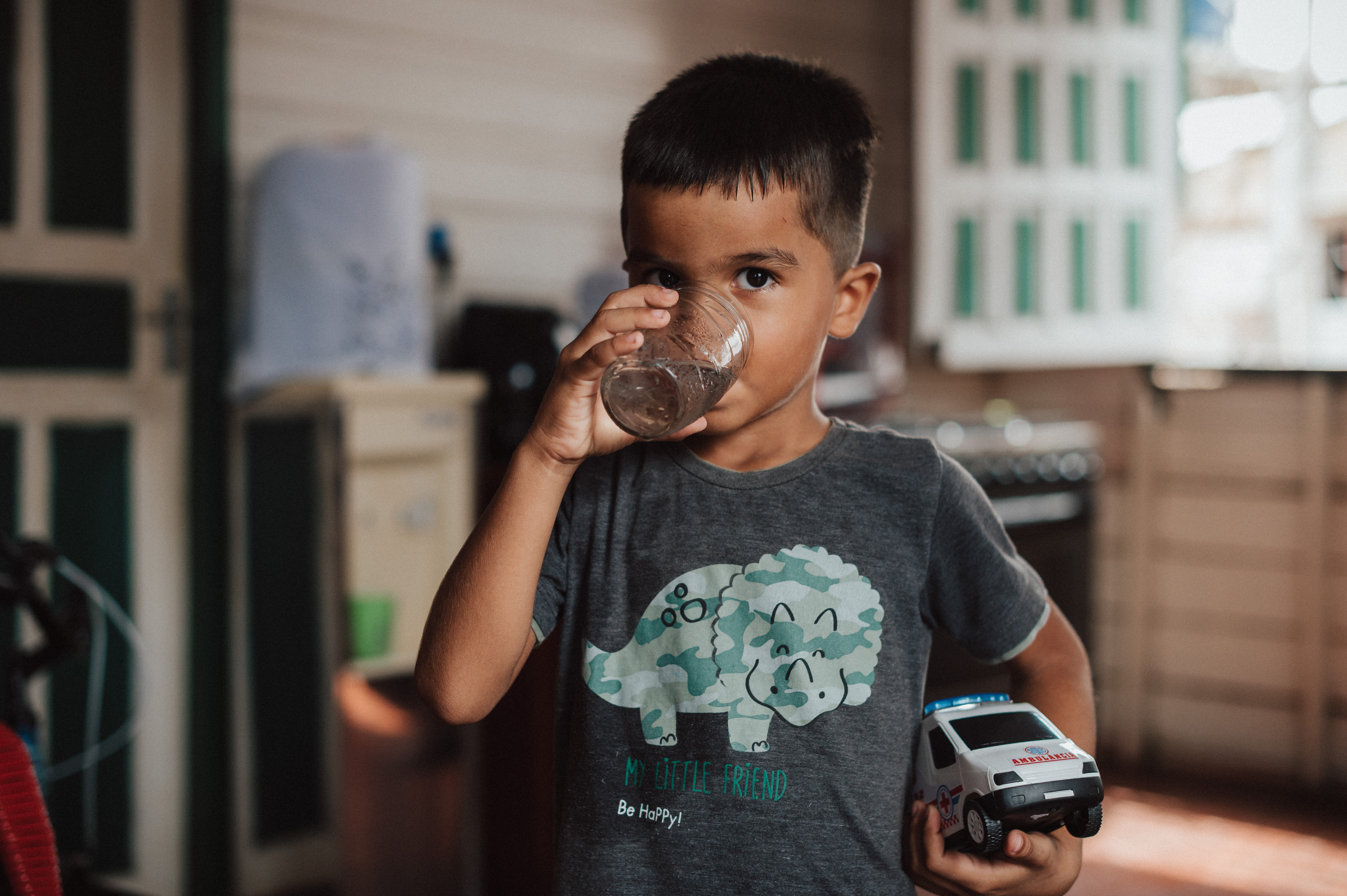

Description
The Low Turbidity Mobile Water Treatment Unit (UMTA, acronym in Portuguese) is a mobile water treatment plant in which it can be towed overland by adapted vehicles and travel on unpaved roads. Once installed, it is capable of capturing raw water from surface and/or underground springs, treating and disinfecting this water according to the terms of potability of drinking water in force, in addition to having mechanisms to store and conserve the produced water to make it available. Its purpose is to support the emergency supply of populations victimized by natural and/or anthropogenic disasters, and in locations that suffer from the drastic reduction of water from springs (using alternative solutions such as water trucks and cisterns) and in locations affected by outbreaks of ADD (acute diarrheal disease).
As it is a mobile unit, it does not have implementation costs and its annual maintenance cost varies for each state, but it is relatively low because it does not require the hiring of an outsourced company since there is a Funasa server capable of performing such procedure. The materials that are normally replaced in maintenance are: 120 meters of 2” non-toxic PVC hose that supports 6 bar pressure; 45 Amps 12 Volts battery, 12 Volts battery specific for the generator set, 10 liters of diesel engine lubricating oil, 20 liters of diesel oil, 1 kilo of good quality cleaning tow, 1 400 grit sandpaper and any other parts that may be required at the time of maintenance, with a minimum of one week required for maintenance. There are currently no plans to acquire new units.
The UMTA operates by performing treatment in direct filtration and disinfection of water with low turbidity.
Criteria 11/11
- ACCESSIBILITY
- ALIGNMENT WITH SDG 1,3,4,6 AND/OR 11
- RACE AND GENDER ISSUES
- ATTENTION TO CHILDREN AND ADOLESCENTS
- LOW COST
- SOCIAL DIFFUSION
- ADMINISTRATIVE EFFICIENCY
- ADHERENCE AND CONTINUITY AT LOCAL LEVEL
- WASH INITIATIVE
- CLIMATE RESILIENCE
- SUSTAINABILITY
Civil Defense and the Health Departments of the states and municipalities through the State Disaster Response Groups (GRD) that work in disasters and in the Risk Management of the states and municipalities.
Populations affected by disasters (natural or anthropogenic).
8 UMTA with a maximum flow of 12m³.h-¹.
UMTA is capable of producing safe, drinkable water using raw water sources, mainly from springs and groundwater, whose turbidity indicator does not exceed 40 NTU (Nephelometric Turbidity Unit), and with a flow rate of 18 cubic meters every two hours in batches, which can supply around 2 thousand people a day.
UMTA is used within a more comprehensive action plan, usually implemented in situations of water disasters. In these situations, as a rule, several measures are adopted, in addition to the use of the UMTA. Therefore, there are no specific reports containing the UMTA's performance results.
Funasa's Disaster Management Committee (CGD) is composed with a deliberative and decision-making role. Its purpose is to define the guidelines and strategies for implementing the plan, as well as coordinating the planning and execution of actions with the involved bodies.
CGD is composed of the boards of the Departments of Environmental Health, Public Health Engineering, Administration, as well as the State Superintendents of Funasa.
The formation of State Disaster Response Groups (GRD, acronym in Portuguese) is advised and that they seek to be part of the Municipal and State Crisis Management Committees, as well as the Emergency and Contingency Plans, so that they can participate in the work strategies and be aware of the mechanisms used. It is also proposed that GRDs be partners with local agencies and entities that act in disasters, participating in training on Disasters and Risk Management that are offered in the state, working in partnership with the Municipal Surveillance to legitimize the action.
The average maintenance cost per year of an UMTA depends on the number of times that the UMTA needs maintenance, and can be preventive, when there is a maintenance schedule, and/or corrective, which occurs during or after the use of the UMTA in a support action in situations of natural and/or anthropogenic disasters.
Federal Government Resource – Funasa.
The implementation amount of an UMTA is approximately R$ 950,000.00 (acquisition).
